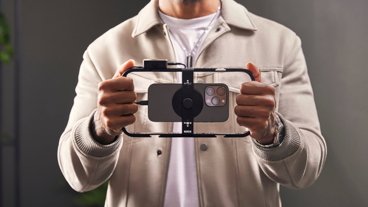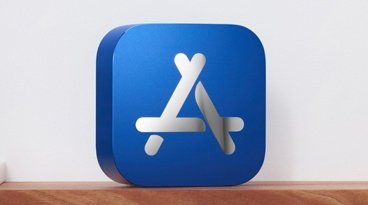Apple granted original list-editing iPhone patent, 13 others
A list of thirteen original Apple patents was officially published on Wednesday by the USPTO, with a key list editing filing not only arming the company's legal team with yet another weapon for future litigation, but also giving a glimpse into the how Apple sought to change the future of smartphones by creating a truly integrated user interface, according to Apple patent blog Patently Apple.
The original touchscreen patent, first filed for in June 2007, covers a method for displaying and managing lists on a portable multifunction device, and details a simple computer user interface controlled by finger gestures rather than a sequence of button presses and stylus touches.
What the abstract describes is the basic list management system found on current iOS devices.
Included in the patent background is a look at the state of portable devices at the time, which Apple claimed "resorted to adding more pushbuttons, increasing the density of push buttons, overloading the functions of pushbuttons, or using complex menu systems to allow a user to access, store and manipulate data." A far cry from what the company eventually released in the original one-button iPhone.
Apple's granted patent regarding list editing | Source: Patently Apple
The claim goes on to explain that devices which rely on physical pushbuttons are inherently limited in their configurability, and that a conventional user may find it frustrating to operate such an inflexible interface. As the argument slowly builds its case for touch-screens over physical buttons, Apple is quick to point out that the stylus is also obsolete.
Because such devices are designed to read the precise pinpoint contact of the stylus (when a user makes a selection on the touch screen with the stylus), making selections on the touch screen of the device without a stylus, for example, with a user's finger, can prove to be somewhat difficult.
The filing wraps up by concluding that a more transparent UI be implemented, one that features finger input to select and manipulate on-screen items that are easy to use, configure and adapt.
As we see in current iOS devices, Apple's answer to the "transparent UI" was to leverage another recently-granted patent for capacitive touch panels and a battery of multi-touch gestures to create a user experience that is far more customizable than physical pushbutton operation.
Along with the above list-editing patent, Apple was granted a filing regarding pairing and storage access between a handheld device and a computer which describes how the iPhone is able to be used as a portable hard drive.
Rounding out the patent list is a filing for Apple's Bluetooth headset, which was pulled from shelves following a lukewarm reception after it was introduced shortly after the first iPhone in 2007.
 Mikey Campbell
Mikey Campbell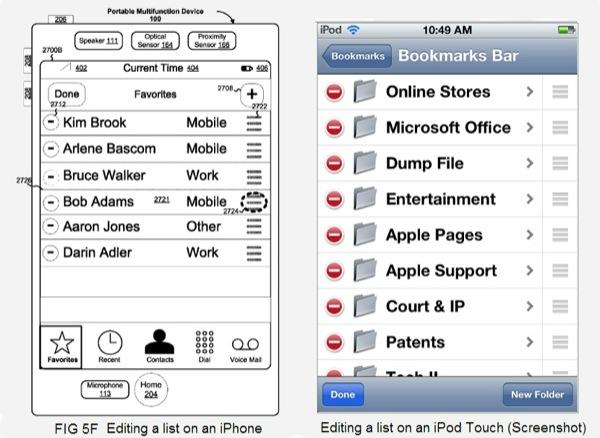



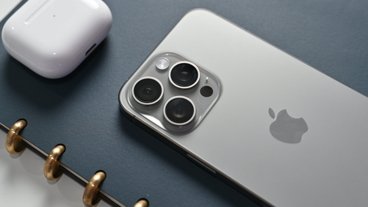
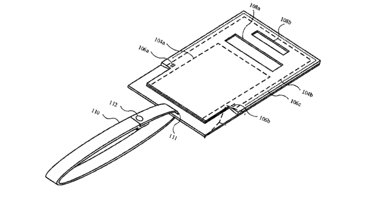





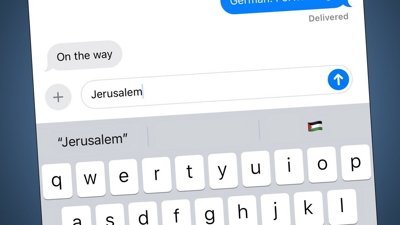
 Malcolm Owen
Malcolm Owen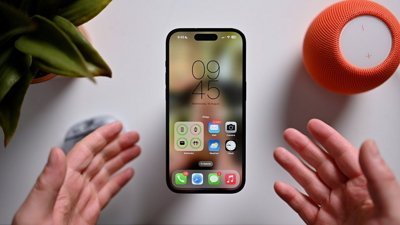
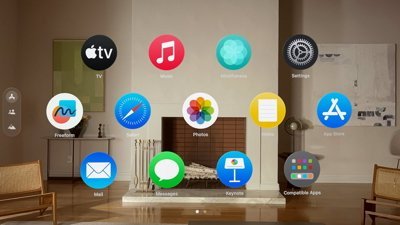

 William Gallagher
William Gallagher
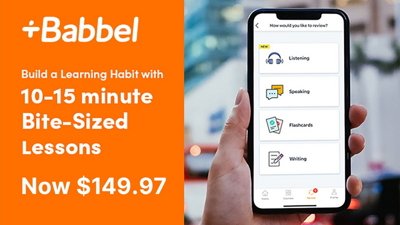
 Christine McKee
Christine McKee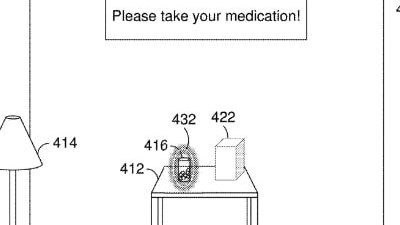
 David Schloss
David Schloss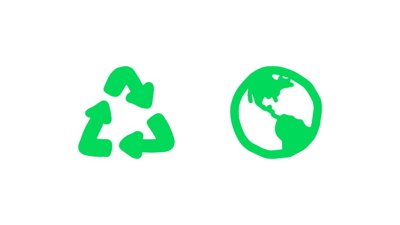
 Amber Neely
Amber Neely
